This article provides an overview of the updates introduced in the 2024 version and later releases of Altair Radioss. For full details, please refer to the attached presentations and Altair documentation.
Version 2024.1
Altair Radioss v2024.1 Feature Updates - Presentation
Altair Radioss v2024.1 Documentation - What's New
/PRELOAD/AXIAL is a new option to define axial preload for elastoplastic springs, beams, or truss elements.

/ALE/GRID/FLOW-TRACKING is a new ALE grid control that adjusts mesh displacement, deformation, and rotation based on the average velocity within the ALE mesh, ideal for modeling impacts like a bird strike.

/BCS/WALL is a new sliding wall boundary condition that can block or allow flow normal to a given surface with a collocated scheme (FVM).
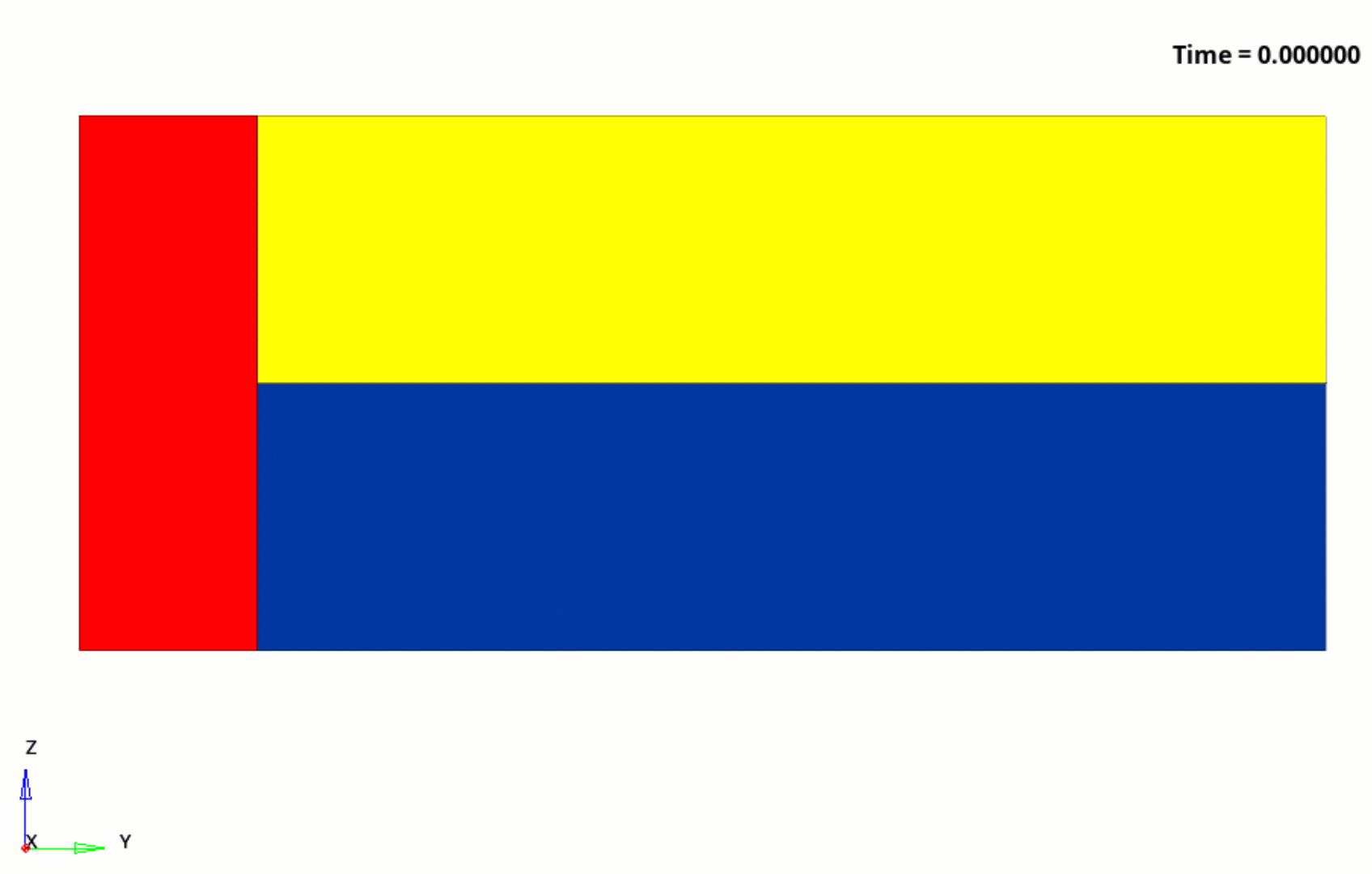
/PROP/TYPE18 now includes several new predefined beam sections (from Isect 10 to 31).
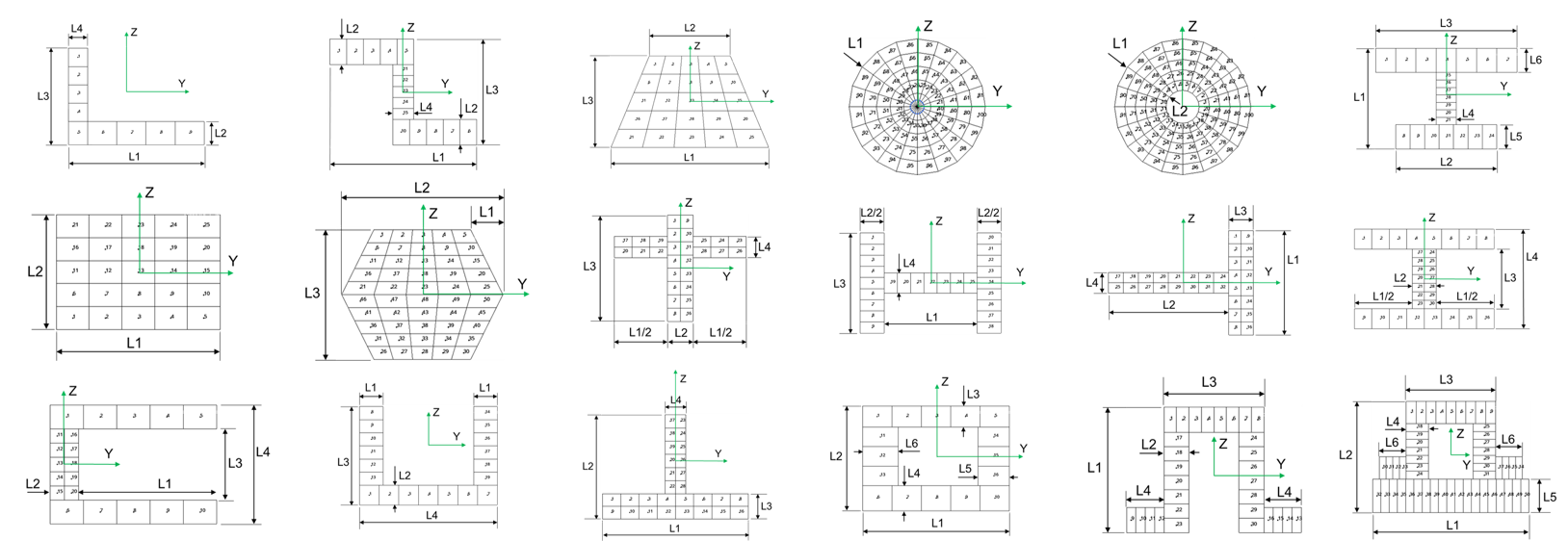
/DEF_SHELL adds a new global flag (Ioffset = 1) to account for shell offset in the contact interfaces for composite shell elements.
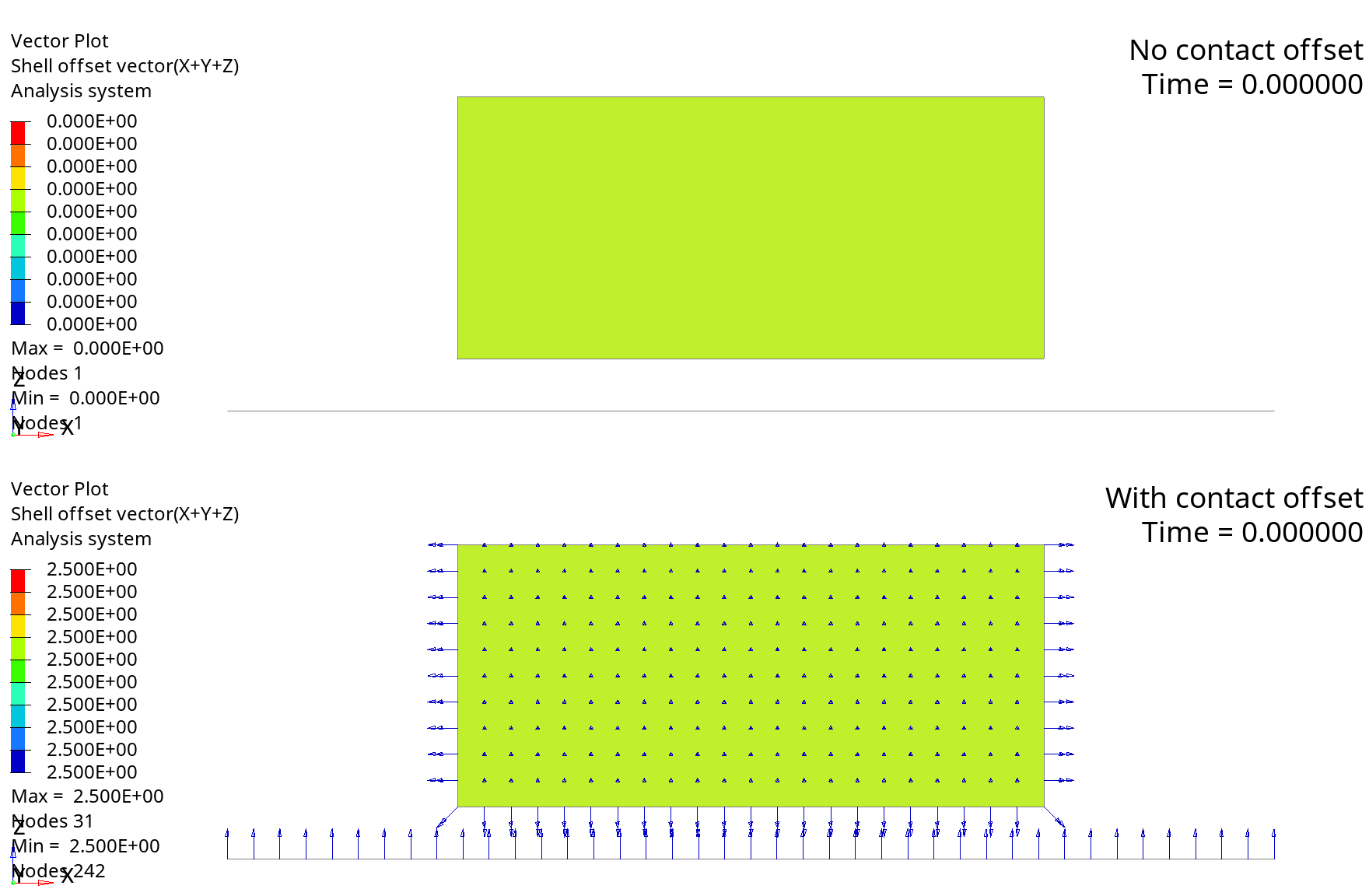
/H3D/ELEM/DAMG introduces a new damage output for composite failure per material and damage mode.

/H3D/ELEM/FAILURE includes a new output for failure criteria in different modes. Users can select specific modes by their number or display all available modes.
- /H3D/ELEM/FAILURE/ID=<fail_ID>/MODE=ALL/PLY=ALL/NPT=AL

/MAT/LAW126 is a new material law to describe brittle materials such as ceramics and glass, based on the first Johnson-Holmquist model (JHC).
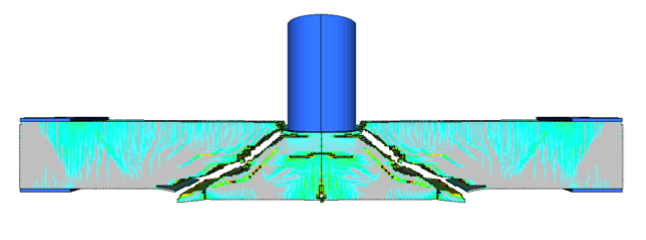
A validation study demonstrating the material law correlation with experimental data can be found in the article: Radioss Validation Study: Johnson-Holmquist-Concrete material law.
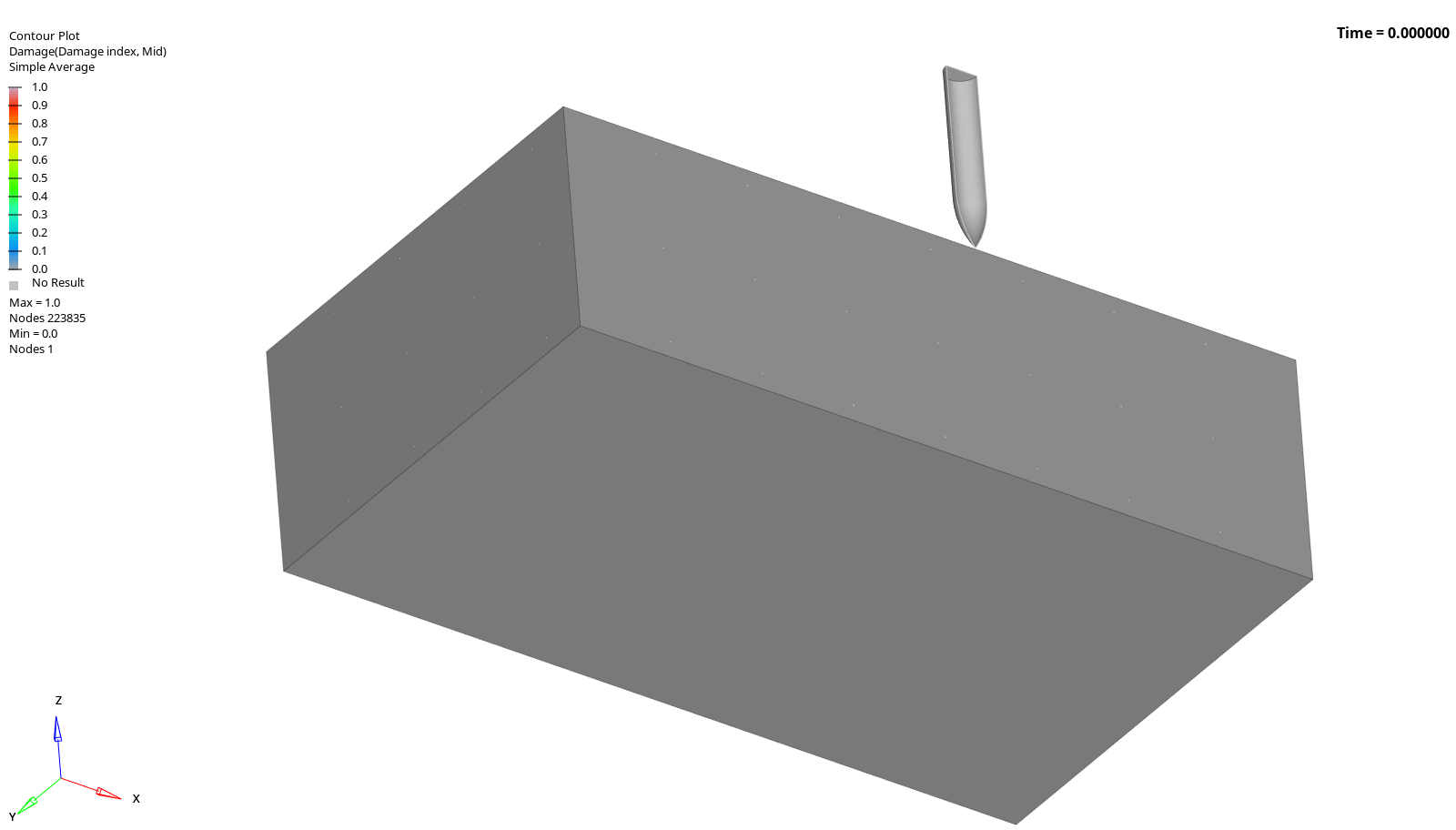
/ADYREL/1 now supports the application of dynamic relaxation exclusively to a set of nodes, enhancing the versatility of /ADYREL.
Version 2024
Altair Radioss v2024 Feature Updates - Presentation
Altair Radioss v2024 Documentation - What's New
/FAIL/ORTHENERG introduces a new orthotropic failure model based on fracture energy. It accounts for failure by generating a stress-softening effect that is directly related to the fracture energy in each direction and shear plane.

/MAT/LAW76 is a new semi-analytical elastoplastic material using user-defined functions for the work-hardening portion for tension, compression and shear.

/FAIL/BIQUAD introduces a new option (Icoup) that enables stress softening before element deletion.
- Icoup = 0: No stress softening
- Icoup = 1: Classic stress softening using critical damage DCRIT
- Icoup = 2: Necking instability stress softening

A knowledge base article is available at /FAIL/BIQUAD: Excel to visualize the failure limit, which provides a spreadsheet that allows users to visualize the failure limits according to their setup.
/DAMP/VREL is a new Rayleigh mass damping relative to the average velocity of the set of nodes or the motion of the local frame. This feature is particularly useful for applying damping relative to the global motion of the model.
